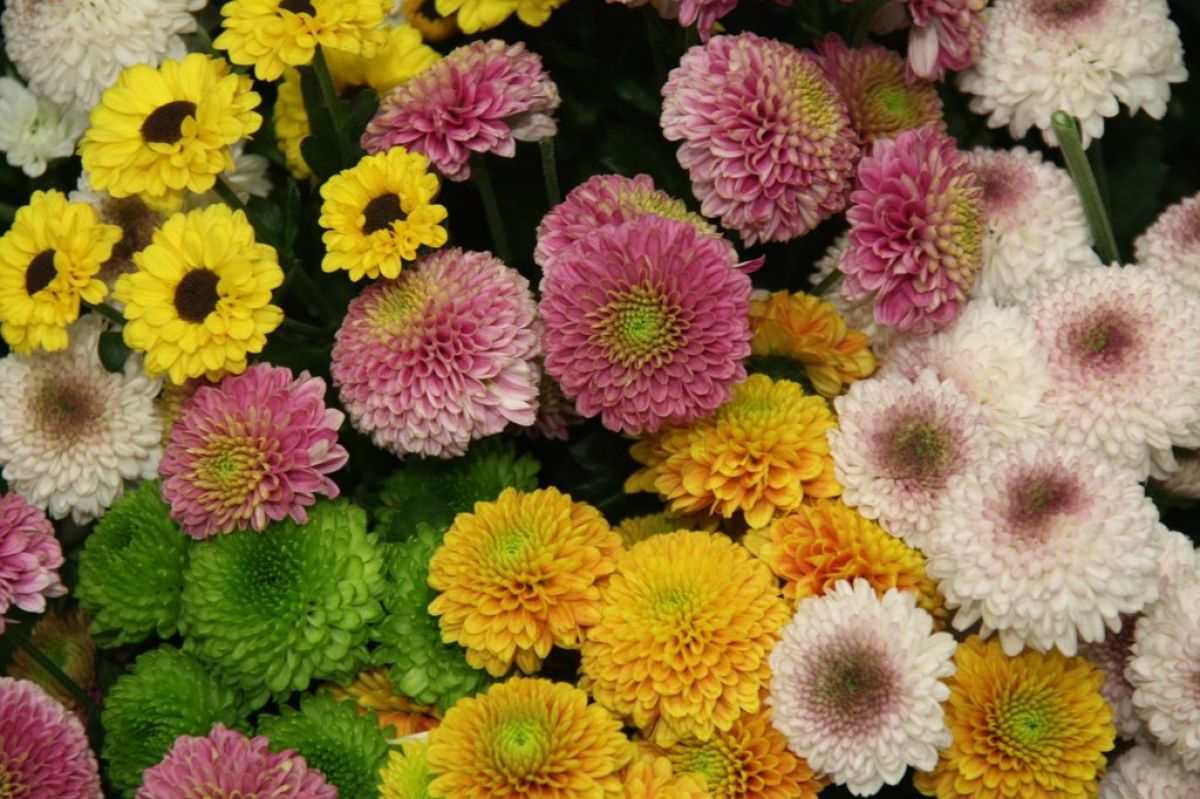In Italy and Greece, large mums are called funeral flowers, and, at one time, they were only allowed to be grown by the Emperors in Japan, where they are revered. It is probable that mums originated in China, as Confucius wrote about them as early as 500 BC. By the 5th century, mums were well known in Japan, and the flower was the personal symbol of the Mikado. It was adopted on the Imperial standard there in 1871.
The name chrysanthemum is from the Greek word for gold “chrysos” and “anthos,” which means flower. It was the sacred flower of Athena, the Greek goddess of war. Flowers from Greece were sent to England and France as early as the 17th century. But, even before that, Asian chrysanthemums had arrived in the Netherlands.
After the Napoleonic Wars, Asian chrysanthemums were growing in most areas of Europe, and a retired soldier named Bernet had developed many hybrids in France.
Importers, such as John Reeves of the East India Company and the explorer Robert Fortune in the late 1800s, made mums popular in England. Later growers in the Jersey Islands off the coast of England cultivated more than 4000 different varieties for the cut flower industry. Today they are a huge part of the cut flower industry yearround and world-wide.
This is Moya Andrews, and today we focused on mums.










